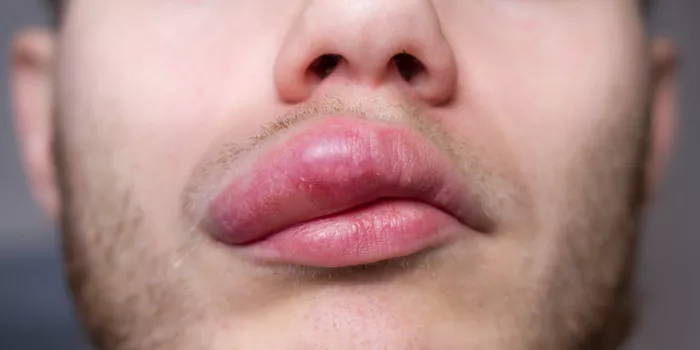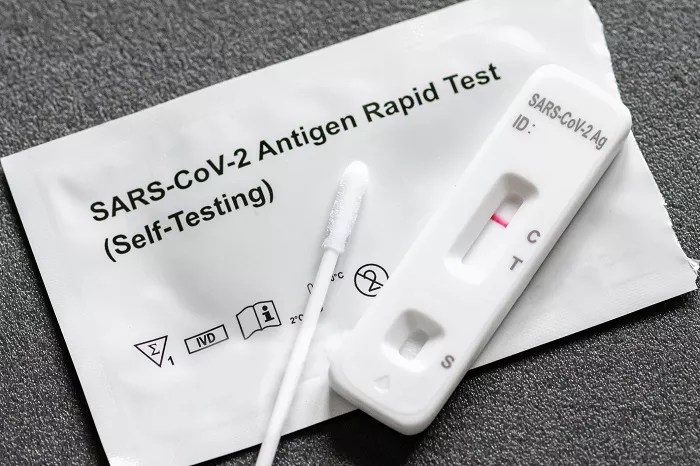Scars are a natural part of the healing process, forming as a result of the body’s response to injury, surgery, or other forms of skin trauma. While scars are often a sign of recovery, many people wish to reduce their appearance, especially when the scars are noticeable.
Vitamin E oil has long been touted as a natural remedy for scars, and it is commonly used in an attempt to minimize their visibility. This article will explore the benefits, applications, and potential risks of using Vitamin E oil before and after scar formation, helping you to understand how to incorporate it into your skin care routine for optimal results.
Understanding Scars and How They Form
Before diving into the use of Vitamin E oil in scar treatment, it is essential to understand what scars are and how they form. A scar is a mark left on the skin after the healing of a wound, injury, or surgery. When the skin is injured, the body repairs the damaged tissue by producing collagen, a protein that provides structure and strength to the skin. Scars are a natural part of this healing process, but they can sometimes be more visible than expected, especially when the wound is large or deep.
The healing process can take weeks, months, or even years, depending on the severity of the injury. Some scars may become less noticeable over time, while others remain prominent. The visibility and appearance of scars can be influenced by various factors, including the location of the wound, the type of injury, the person’s skin type, and how well the wound is cared for during the healing process.
The Role of Vitamin E in Skin Health
Vitamin E is a fat-soluble vitamin and a powerful antioxidant that plays a crucial role in maintaining healthy skin. It helps protect the skin from oxidative stress caused by free radicals, which are molecules that can damage cells and lead to premature aging and skin conditions. Vitamin E is known for its ability to promote skin healing, reduce inflammation, and improve the overall appearance of the skin.
In addition to its antioxidant properties, Vitamin E is essential for collagen production, which is critical for the healing of scars. Collagen is the structural protein that forms the foundation of the skin, and it is essential for tissue repair and regeneration. By supporting collagen synthesis, Vitamin E can help improve the texture and elasticity of the skin, potentially reducing the appearance of scars.
Vitamin E is also known for its moisturizing properties, which can help keep the skin hydrated and prevent dryness, a common issue during scar healing. Proper hydration is crucial for wound healing, as it helps maintain the flexibility of the skin and reduces the risk of the scar becoming thick or raised.
The Benefits of Vitamin E Oil for Scar Treatment
Many people use Vitamin E oil as a topical treatment for scars in the hope of reducing their appearance. While the effectiveness of Vitamin E oil for scar treatment has been debated, there are several potential benefits to using it:
1. Improved Skin Hydration
Vitamin E oil is an excellent moisturizer, and its application on scars can help keep the skin hydrated. Proper hydration is essential for the healing process, as it helps maintain the elasticity and flexibility of the skin. Well-hydrated skin is less likely to become dry or cracked, which can contribute to a scar becoming more noticeable.
2. Reduced Inflammation
Vitamin E has anti-inflammatory properties that can help reduce redness and swelling around a scar. Inflammation is a natural part of the healing process, but excessive inflammation can lead to the formation of hypertrophic or keloid scars, which are thick, raised scars. By reducing inflammation, Vitamin E oil may help prevent these types of scars from forming.
3. Enhanced Collagen Production
As mentioned earlier, Vitamin E plays a role in collagen synthesis, which is essential for wound healing. Collagen is the primary protein that gives the skin its strength and structure. By promoting collagen production, Vitamin E may help improve the overall appearance of a scar, making it less noticeable and more even with the surrounding skin.
4. Antioxidant Protection
Vitamin E is a potent antioxidant, which means it can help protect the skin from free radical damage. Free radicals can contribute to skin aging and the formation of scars, so applying Vitamin E oil to scars may help protect the skin and support the healing process.
5. Improved Skin Texture and Tone
Over time, the use of Vitamin E oil may help improve the texture and tone of the skin surrounding the scar. Vitamin E has been shown to support cell regeneration, which can help the skin recover from damage and form a smoother, more even surface.
Using Vitamin E Oil Before Scar Formation
Vitamin E oil can be applied before a scar forms in order to support the healing process. While it is most commonly used on existing scars, applying Vitamin E oil to a fresh wound may help promote faster healing and reduce the severity of the scar. However, there are some important considerations to keep in mind when using Vitamin E oil on an open wound:
1. Avoid Application on Open Wounds
It is essential to wait until the wound has closed before applying Vitamin E oil. Applying oil to an open wound may interfere with the healing process and increase the risk of infection. Vitamin E oil can be used on the wound site once the skin has healed over, but it should not be applied to broken skin.
2. Gentle Application
When using Vitamin E oil before or after a scar forms, it is important to apply it gently. Rubbing the oil too vigorously may cause irritation or further damage to the skin. Instead, use clean hands or a cotton pad to apply a thin layer of oil to the scar or wound area, gently massaging it in a circular motion.
3. Monitor for Allergic Reactions
While Vitamin E is generally safe for most people, some individuals may have an allergic reaction to it. Before applying Vitamin E oil to a large area, it is advisable to perform a patch test by applying a small amount of the oil to a discreet area of skin. Wait 24 hours to see if there is any redness, itching, or irritation. If any of these symptoms occur, discontinue use and consult a healthcare provider.
4. Combine with Other Treatments
In some cases, Vitamin E oil may be used in combination with other scar treatments, such as silicone sheets or gels, to enhance the overall effectiveness of scar management. Consult a dermatologist or healthcare professional to determine the best approach for your scar treatment.
Using Vitamin E Oil After Scar Formation
Vitamin E oil is commonly used after a scar has formed in order to improve its appearance. While Vitamin E oil may not completely eliminate scars, it can help reduce their visibility and promote a smoother, more even texture. Here are some guidelines for using Vitamin E oil after a scar has formed:
1. Consistency is Key
For the best results, Vitamin E oil should be applied consistently. It may take weeks or even months of regular use to see noticeable improvements in the appearance of the scar. Be patient and continue applying the oil as directed, even if you don’t see immediate results.
2. Apply to Fully Healed Scars
It is essential to wait until the scar has fully healed before applying Vitamin E oil. Applying oil to a scar that is still healing or not fully closed may interfere with the natural healing process. Once the skin has healed and the scar is no longer open or oozing, you can begin applying Vitamin E oil.
3. Gentle Massaging
To promote better absorption of the Vitamin E oil and improve circulation to the area, gently massage the oil into the scar. Massaging the skin can help break down the scar tissue and promote smoother skin regeneration. Avoid applying too much pressure, as this may irritate the scar tissue.
4. Be Realistic About Results
It is important to be realistic about the results of using Vitamin E oil on scars. While Vitamin E can help improve the appearance of scars, it is unlikely to completely eliminate them. The effectiveness of Vitamin E oil may vary depending on the size, type, and location of the scar. Keloid and hypertrophic scars, in particular, may be more difficult to treat with topical remedies alone.
5. Consider Professional Treatments
For more severe scars, such as deep or large keloid scars, additional treatments may be necessary. Dermatological procedures like laser therapy, chemical peels, or corticosteroid injections may be required to achieve more significant results. Consult a healthcare provider or dermatologist to explore all available treatment options for your scar.
Potential Side Effects and Precautions
While Vitamin E oil is generally safe for most people, it is essential to be aware of potential side effects. In rare cases, Vitamin E oil can cause skin irritation, allergic reactions, or breakouts, especially for those with sensitive skin. If you experience any of these reactions, discontinue use and consult a healthcare provider.
It is also important to note that Vitamin E oil should not be used on open wounds or fresh cuts, as it may increase the risk of infection. Always ensure that the skin is fully healed before applying Vitamin E oil to a scar.
Conclusion
Vitamin E oil has long been used as a remedy for scars, offering several potential benefits, including improved skin hydration, reduced inflammation, enhanced collagen production, and better skin texture. When used appropriately, Vitamin E oil can help reduce the appearance of scars and promote smoother, healthier-looking skin. However, it is important to manage expectations and understand that while Vitamin E may improve the appearance of scars, it is unlikely to eliminate them entirely.
Whether used before or after a scar forms, Vitamin E oil can be a valuable tool in your skin care routine. However, it is essential to follow proper application techniques, monitor for allergic reactions, and consider professional treatments for more severe scars. With consistent use and proper care, Vitamin E oil can help improve the appearance of scars and support the natural healing process.
Related Topics






























